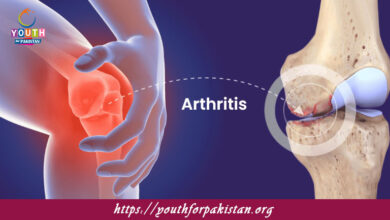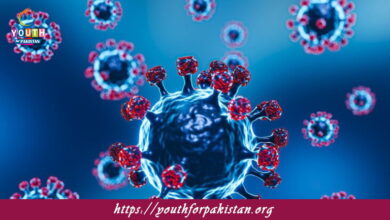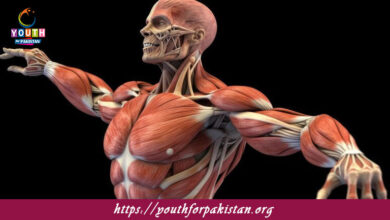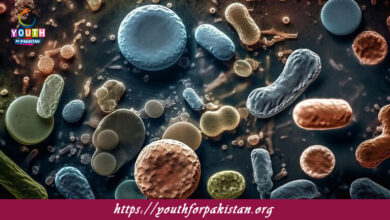Action Potential and Synapse MDCAT Quiz with Answer
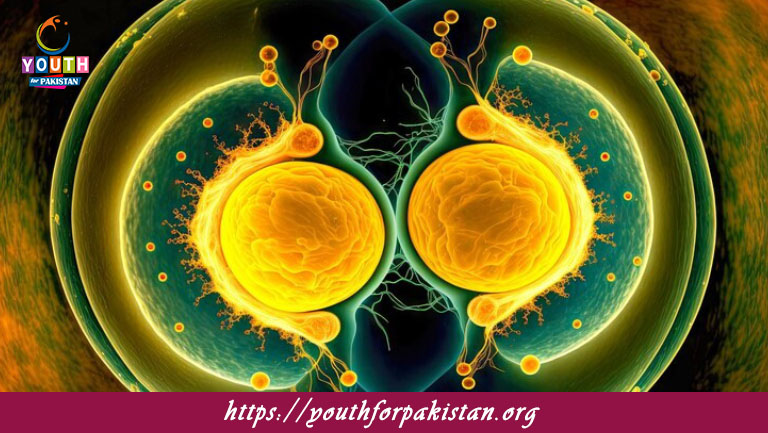
The Transmission Of Action Potential and Synapse MDCAT Quiz focuses on one of the most critical processes in neurobiology: the transmission of action potentials across synapses. This process is crucial for communication between neurons, allowing the nervous system to transmit signals efficiently throughout the body. MDCAT students must be aware of chemical and electrical synapses because the action potential transmission mechanism involves these two to transmit information from one cell to another. This quiz will test your knowledge about how action potentials are transmitted across synapses and the factors that influence this transmission.
Mechanism of Action Potential Transmission
The action potential is transmitted between cells at synapses, which are specialized junctions between two neurons or a neuron and a target cell. With chemical synapses, the action potential travels down to the presynaptic terminal, which causes therelease of neurotransmitters into the synaptic cleft. These neurotransmitters then bind to receptors on the postsynaptic neuron. This will cause either depolarization or hyperpolarization. If the signal is strong enough, it will produce an action potential in the postsynaptic neuron. This mechanism enables electrical signals to propagate quickly throughout the nervous system. Students of MDCAT must learn this step-by-step process very well because it forms the basis of neurophysiology and cell signaling.
Electrical vs. Chemical Synapses in Action Potential Transmission
Action potentials can transmit through synapses in two ways: one is chemical synapses, and the other is electrical synapses. The release of neurotransmitters across the synaptic cleft for the transmission of action potentials occurs in chemical synapses. However, electrical synapses provide a direct electrical connection between cells via gap junctions, allowing the transmission to occur more rapidly. These two types of synapses also have different benefits; chemical synapses are versatile, whereas electrical synapses are faster and more synchronized. MDCAT students should be able to differentiate between these two types of synaptic transmission and understand their respective roles in the nervous system.
Quiz for MDCAT Preparation
The MDCAT quiz on the transmission of action potentials at synapses is a perfect way for students to test their knowledge on this topic. These include mechanics of action potential propagation, difference between electrical and chemical synapses, and how the neurotransmitter may be involved. Participating in this quiz allows MDCAT candidates to estimate their knowledge of how much they actually know and the areas that are deficient for further reading. Taking this quiz regularly will ensure that students are well-prepared for any questions related to synaptic transmission, giving them confidence as they approach the MDCAT exam.
Free Flashcard
Free flashcards can be very helpful for improving your study of the transmission of action potentials. These flashcards will enable you to remember the major steps in synaptic transmission from the action potential arriving at the presynaptic terminal up to the binding of neurotransmitters on the postsynaptic membrane. Flashcards can also be an effective way of reviewing important terms like synaptic cleft, neurotransmitters, and postsynaptic potential. By using flashcards repeatedly, MDCAT students will study well all such processes and be able to recall while answering MDCAT questions related to synaptic transmission.

The chemical messengers that transmit signals across the synapse are called ______.
Neurotransmitters

When an action potential reaches the axon terminal, it causes the release of ______ into the synaptic cleft.
Neurotransmitters

The neurotransmitter released into the synaptic cleft binds to ______ on the post-synaptic neuron.
Receptors

The arrival of an action potential at the synaptic terminal causes the opening of ______ channels.
Calcium channels

The process by which neurotransmitters are removed from the synaptic cleft is called ______.
Reuptake

The process by which a neurotransmitter is taken back into the presynaptic neuron is called ______.
Reuptake

The binding of neurotransmitters to receptors on the post-synaptic neuron can result in a ______.
Excitatory postsynaptic potential (EPSP)

An action potential is generated in the post-synaptic neuron if the EPSP is large enough to reach the ______.
Threshold

The post-synaptic potential that moves the membrane potential away from threshold is called a ______.
Inhibitory postsynaptic potential (IPSP)

The opening of ______ channels in the post-synaptic membrane leads to depolarization.
Sodium channels

An action potential cannot be initiated in the post-synaptic neuron until the ______ is reached.
Threshold
Experience the real exam environment with our expertly designed collection of over 25,000 MCQs MDCAT Mock Tests.


